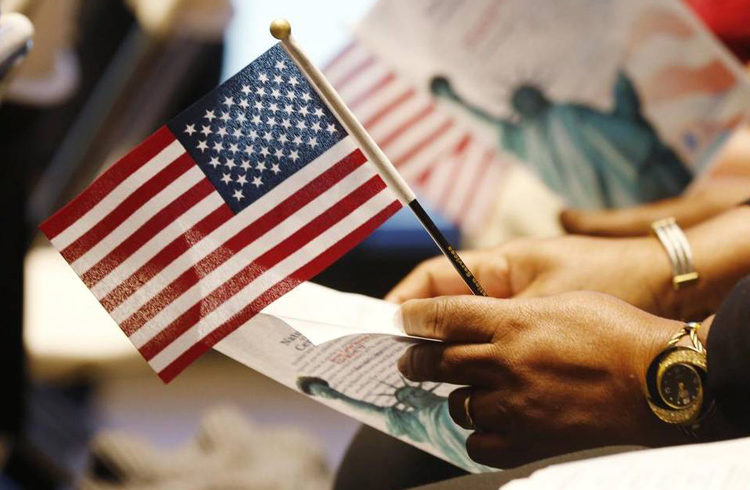Starting this February 21 any migratory procedure of a person – be they of Cuban origin or from any other country – in the United States will only be able to be carried out if the new application forms of the U.S. Department of Homeland Security’s Citizenship and Immigration Services (USCIS) are used.
The government entity had issued an alert with respect to this on its website and its social media pages in which it warned that starting the noted date the forms previously used would not be in effect.
This means that the forms will no longer be accepted for procedures usually carried out by Cubans in the United States, among them requesting or renewing permanent residence, requiring U.S. citizenship and employment authorization, or claiming a family member that lives outside U.S. territory.
The updated application forms are available on the USIS site, from which they can be downloaded free of charge. In addition, the Citizenship and Immigration Services specifies that printed versions can be requested through a telephone line as well as sending it through the postal service.
In addition to the forms, the USCIS also modified their corresponding rates since December 23, 2016, which meant an increase of up to 80 percent in its cost.
The immigration authorities warn about the importance of confirming the use of the correct application forms and the payment demanded for each procedure, since if the applicants do not pay the right amount their petition will be rejected and they will have to send their documents again.
USCIS recommends not paying another person for copies of their application forms and warns of the danger of fraud in these cases. Moreover, it suggests to the applicants that they send copies of their documents unless they are asked for the originals, since on the contrary these could be destroyed.
It also reminds that an extra 85 dollars must be paid when presenting the applications for benefits that require taking biometric data, and suggests consulting a lawyer specializing in immigration procedures when there is any doubt about the application forms.
Although the elimination of the “wet foot/dry foot” policy by the Obama administration reduced the benefits for Cuban immigrants in the United States, those born on the island can request permanent residence in that country thanks to the Cuban Adjustment Act which is still in force.
In the 2015 fiscal period, the United States granted permanent residence to more than 54,000 Cuban immigrants and naturalized 25,770 legal residents born on the island. These figures increased in 2016 as a result of the massive arrival of Cubans to U.S. territory in the two previous years.
It is estimated that in that period more than 47,000 Cubans entered through the Mexican border. Just through the immigration station of Laredo, Texas, close to 36,000 arrived in 2016, a figure similar to those who arrived in the United States during the so-called rafters’ crisis in 1994.










